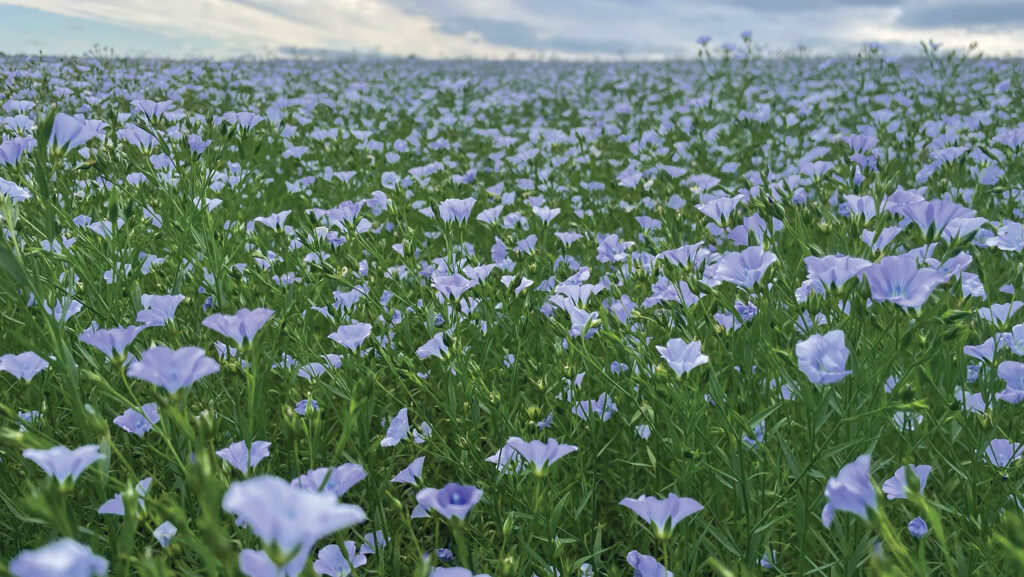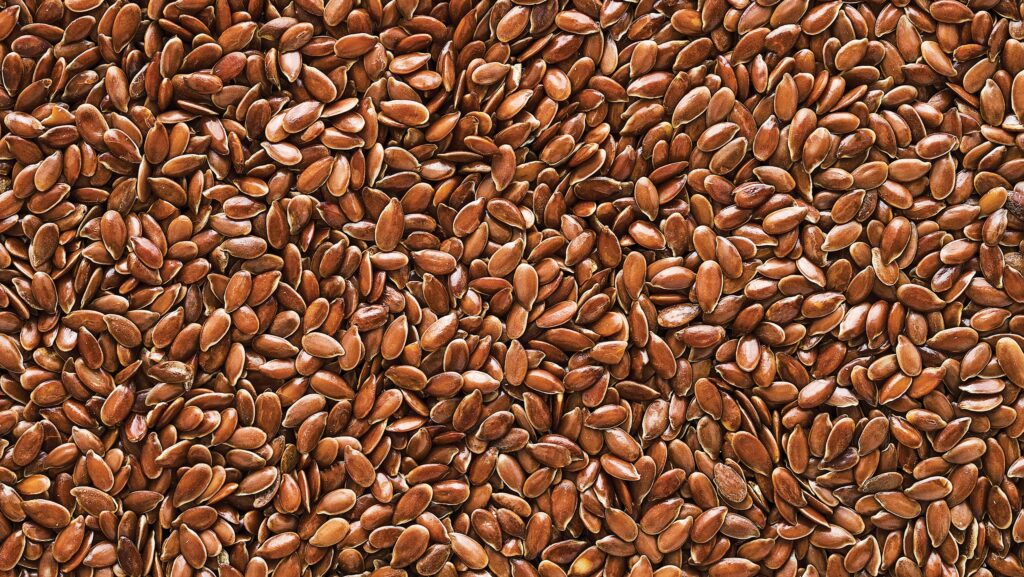Why winter linseed is an option for Scots growers
 © MAG/Richard Allison
© MAG/Richard Allison Winter linseed could offer Scottish growers a low-input, high-yielding alternative break crop on farms where winter oilseed rape yields are falling.
Scottish Agronomy has been trialling winter linseed with Premium Crops for the past seven years and they are now consistently achieving yields of 3.25t/ha.
Adam Christie, managing director of Scottish Agronomy, points out that if a grower is struggling to achieve a 3.5t/ha oilseed rape yield, it may be worth considering linseed as an alternative, as there is less risk and potentially greater returns involved.
See also: Trial reveals cost of unnecessary soil cultivations
He points out that light leaf spot pressure, which chemicals cannot fully control, and clubroot are becoming increasingly problematic in Scottish oilseed rape crops.
Why winter linseed?
Consistently high yields of above 3t/ha make winter linseed an attractive option.
Nigel Padbury, seeds and marketing manager at Premium Crops, says these are in part achieved by the longer day length in Scotland in May, when the crop flowers and the yield is laid down.
The milder summer temperatures, in the high teens rather than low 20s, also help the crop stay greener longer.
Winter linseed broadens the rotation, reducing the chance of soil-borne diseases, and its long tap root breaks up the soil to help following crops access nutrients deeper in the soil.
Research also suggests that it encourages greater levels of beneficial arbuscular mycorrhizal fungi, which can improve soil health.
Slug populations are far lower after linseed than oilseed rape, and yields for following crops are not adversely affected either.
Agronomy
Alpaga has been the best winter linseed variety to grow in Scotland.
However, Nigel says it has now been surpassed by Attila, which, according to 2022 and 2023 harvest data, has outyielded Alpaga on average by 0.5t/ha.
Adam says drilling date is key for linseed, and to establish well the crop should be planted at the end of August or during the first 10 days of September. A robust seed rate is also required at about 450 seeds/sq m.
In the trials conventional drills have been used on kinder soils, but Adam does not see any reason why linseed could not be grown on heavy land, if it is drilled in the right conditions.
For weed control, an extension of authorisation for minor use for metazachlor to be applied pre-emergence is described as a “game changer” by Adam.
Broad-leaved weeds are the biggest challenge to linseed crops in Scotland. In the trials the only year they lost a linseed site was due to weed burden.
The weed problem is exacerbated by post-emergence herbicide options based on sulfonylureas, which suffer from resistance in Scotland.
Fusarium offers the biggest disease threat, while pasmo and septoria can also be a problem.
Azole fungicides containing plant growth regulators are normally applied in early spring to combat the threat and reduce any chance of lodging.
Flax flea beetle does not attack winter linseed as it is planted at the wrong point of the pest’s lifecycle. Cabbage stem flea beetles are also not a problem.
Linseed requires 120kg N/ha, which is applied in three splits in February, March and April. Growers need to try to avoid applying it when stem elongation is taking place.

© Adobe Stock
Harvest
Pre-harvest glyphosate desiccation works well on linseed. Adam advises growers to be patient and wait for the glyphosate to act, before harvesting on a breezy, sunny afternoon.
The crop should be harvested at 9% moisture and is often ready around the second week of August.
Markets
There is no open market price for linseed, but Premium Crops has a scheme where 50% of the price is fixed at £450/t and the other 50% tracks the oilseed rape price at the time of movement. Prices are now about £450-460/t.

